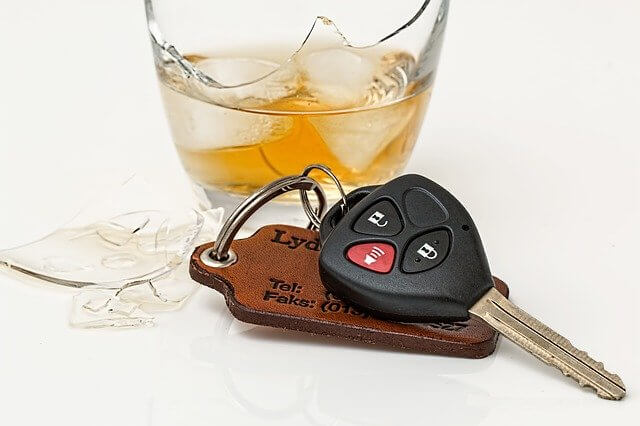Drink Driving and the worrying facts
Figures show that drink driving offences remain a serious road safety issue in the UK.
It is responsible for 13% of all road traffic deaths. And is a problem which doesn’t seem to be going away. Furthermore, there is a growing concern at the number of offences by persistent reoffenders.
1 in 6 drink driving offences is committed by someone who has been previously been convicted for drinking while impaired by alcohol on at least 1 other occasion.
Since 2010 this amounts to over 100,000 offences.
The department for Transport is ready to take steps to tackle this serious road safety issue and last year provided funding to produce reports on both drinking and driving and also to study the effectiveness of interlock devices in deterring drink driving. These devices are installed into vehicles and require the driver to blow into a breathing testing instrument that is connected to the ignition system. If the device detects alcohol over the limit, the vehicle will not start, therefore provides a physical barrier to drink driving.
It is further recommended that participants are required to undertake rehabilitation, with treatment for those with alcohol and mental health issues and would b e subject to monitoring and sanctions for programme violations.
Similar offender programmes have been operating in Australia, America and parts of Europe for many years and the data gathered demonstrates that use of interlock and the rehabilitation programmes can be effective.
In America this system has prevented 3 million journeys where drink would have impaired the driver.
Closer to home in Sweden a study carried out showed an 80% reduction in road traffic accidents for those who choose to opt for the programme. In Holland a research paper published earlier this year showed that only 4% of those on the programme reoffended in the 2 years after starting on this programme.
Furthermore, experience from these countries suggest that this form of enforcement has improved economic and social outcomes. It is also reducing the healthcare costs and reducing accidents.
On the YouGov findings the figures also indicated that men are more likely to drive after consuming alcohol – less than half of the female respondents (47%) said they would drive after 1 drink compared to 62% of males. As 1 in 9 drink drive convictions occur the “morning after” this system could really help and support drivers.
There are many ways to help reduce drinking and driving, but ultimately the driver has to take responsibility and either does not drink after a certain time the evening before or can maybe drink no alcohol drinks. Many companies have very strict alcohol policies that cover all of these issues.
If you need any further guidance please contact me joanne@chestnutassociates.co.uk



